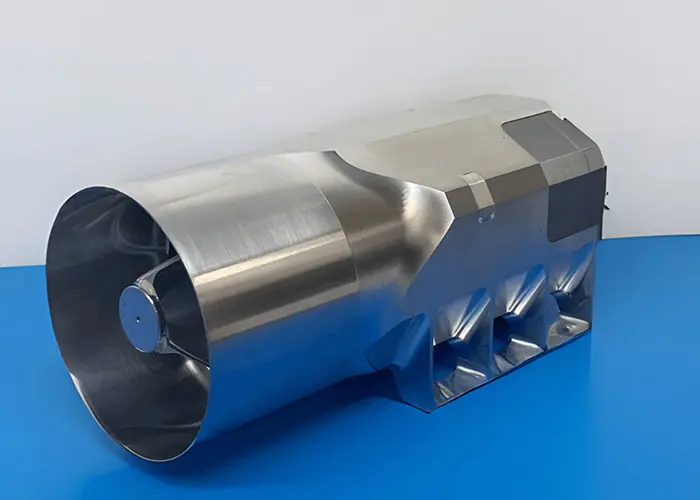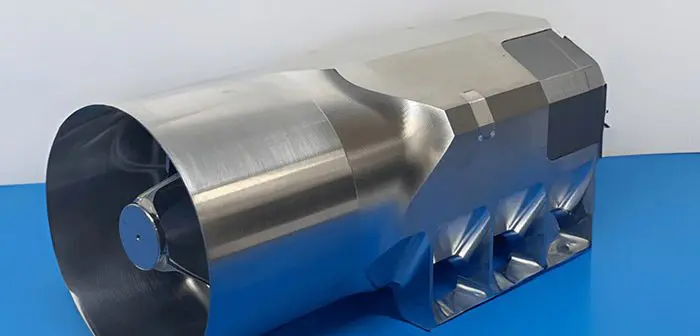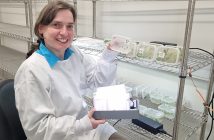
HEO has finished developing its next-generation non-Earth imaging camera called Homes Mk2 that is designed to capture high-resolution images of spacecraft in orbit.
Based on its predecessor, the Holmes Imager, this upgraded system incorporates significant improvements to improve imaging performance, longevity, and adaptability across diverse space missions.
Holmes Mk2 operates as a hosted payload, leveraging fly-by non-Earth imaging (NEI), a non-intrusive technique where the host spacecraft remains in its fixed orbit while capturing imagery of passing satellites and space objects. With a monitoring range spanning from sub-ten kilometres to hundreds of kilometres, Holmes Mk2 provides a cost-effective, scalable, and sustainable solution for space domain awareness and satellite monitoring.
Holmes Mk2 introduces a range of upgrades aimed at increasing image success rates and delivering clearer insights for operators. The field of view has been expanded by 200%, improving the probability of capturing targets as they transit through its observation window. The company upgraded the sensor to enhance the signal-to-noise ratio, enabling sharper, more detailed imagery even in challenging lighting conditions.
Unlike its predecessor, Holmes Mk2 features its own radiation shielding, extending operational lifespan without depending on host spacecraft protection. The camera’s aperture has been increased from 94mm to 120mm, allowing more light to enter the system for superior image quality.
“This camera is a critical step forward in unlocking new orbits and increasing our ability to capture high-quality space imagery at scale,” said HEO Chief Technology Officer Hiranya Jayakody.
Beyond hardware advancements, Holmes Mk2 features significant electronic upgrades to improve image clarity and capture dynamic space moments. Higher frame rates, boosted from 14 fps to 100 fps, reduce motion blur for fast-moving objects and allow for short video captures. The sensor and pixel count have been significantly improved, jumping from 4 MP to 12 MP, dramatically enhancing resolution and aiding in spacecraft subsystem identification. Increased amounts of onboard memory provides 10x more frames per observation, enabling image enhancement techniques.
The camera’s specifications include:
- Aperture size: 94mm → 120mm
- Resolution limit @ 500 km: 3.4 m → 2.7
- Pixel count: 4 MP → 12 MP
- Frame rate: 14 fps → 100 fps
- Size: 4U → 6.5U
- Weight: 2.3 kg → 3.8 kg
HEO’s goal is to image anything in the solar system on demand. Holmes Mk2 plays a key role in scaling the company’s NEI sensor network, with plans to deploy over 60 sensors in low-Earth orbit by the end of 2025 and introduce the first operational sensors in geosynchronous orbit by 2026.
Holmes Mk2 is currently undergoing final space qualification testing and is scheduled for launch in Q3 2025.





